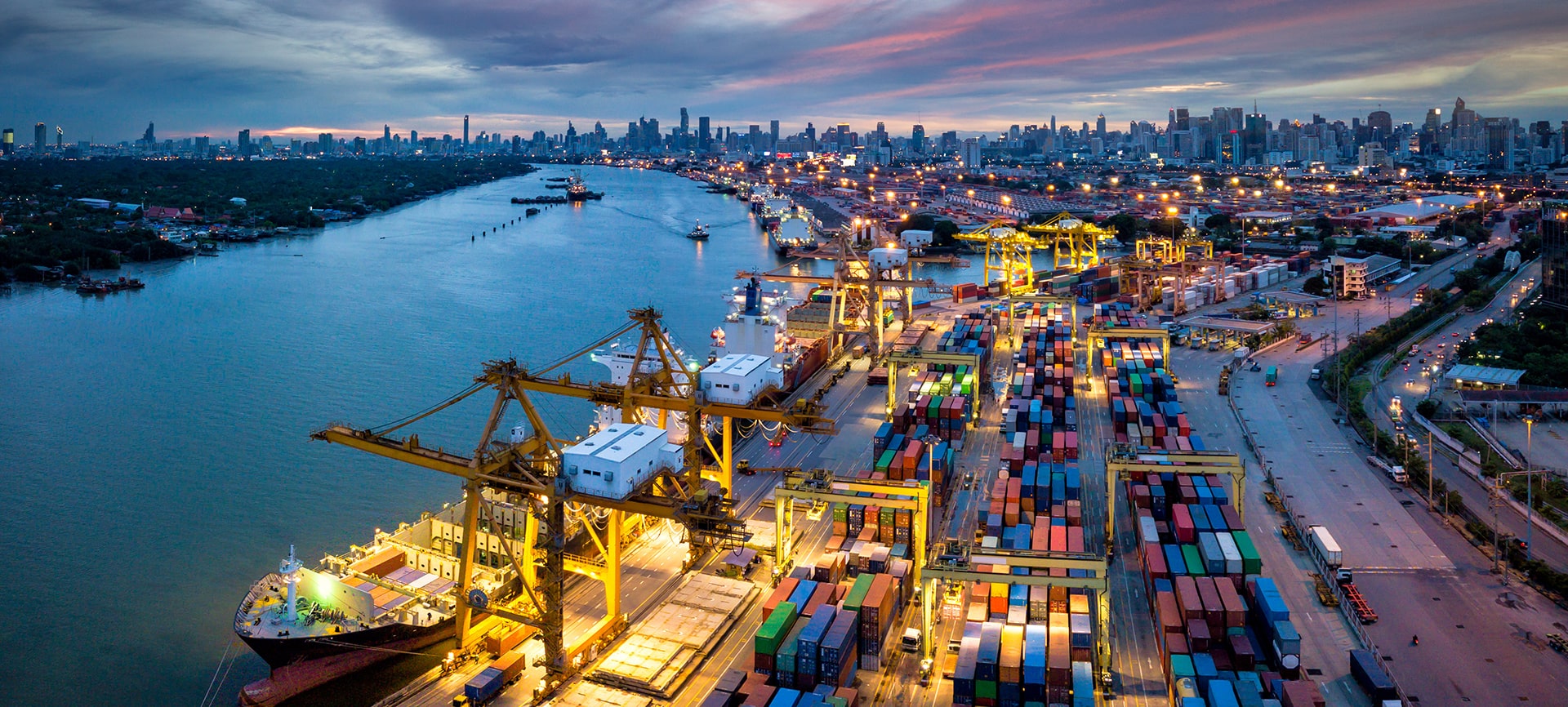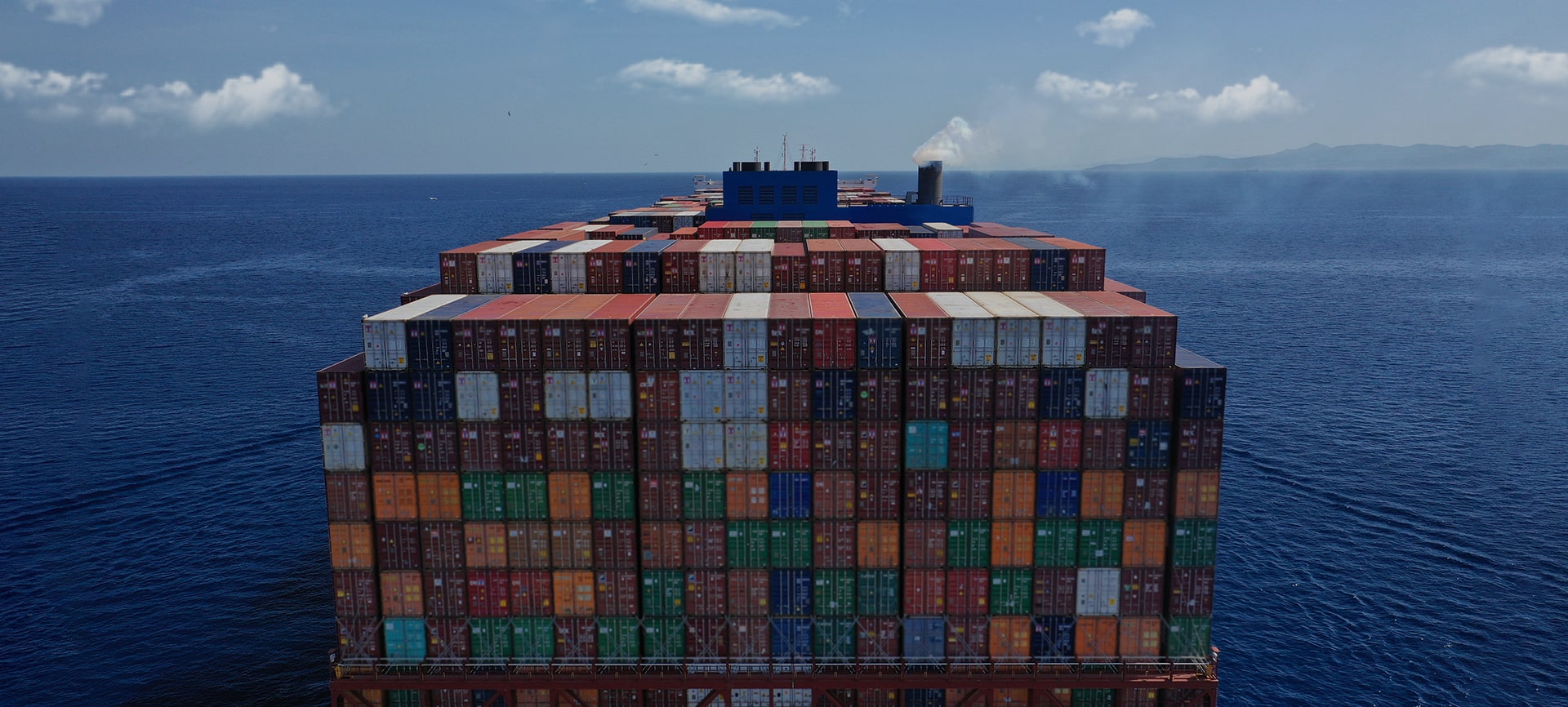Posted on: October 2, 2024 / Last updated: October 2, 2024
47-Year First! East Coast Port Strike Hits U.S. Supply Chain

East Coast port workers in the U.S. have gone on strike for the first time in 47 years.
The spotlight is now on how this strike will impact the nation’s supply chain and future negotiations.
CONTENTS
Background: The First Strike in 47 Years
The strike on the East Coast is the first of its kind in 47 years.
The reason for this strike is the breakdown of labor negotiations between the workers’ union and the employers’ organization, USMX.
The labor agreement expired at the end of September, and despite new offers from the employers, such as a 50% wage increase and a tripling of retirement contributions, the workers’ union rejected the proposal.
Changes in Working Conditions and Labor Disputes
The rejection of the wage proposal is attributed to changes in working conditions and concerns about automation.
There is a significant gap between the perspectives of the labor union and the employers, making it difficult to reach an agreement.
Moreover, during the COVID-19 pandemic, major shipping companies made huge profits, but these were not distributed sufficiently to the workers, fueling the decision to strike.
Impact of the Strike and Coordination with West Coast Workers
The strike has already led to cargo ships being forced to change their routes away from the East Coast.
The West Coast labor unions have also expressed solidarity with their East Coast counterparts, making it challenging for companies to reroute cargo through West Coast ports.
This could result in severe disruptions to the supply chain across the United States.
Government Response and Future Outlook
The Biden administration has indicated it will not intervene in this strike.
The last East Coast port strike in 1977 lasted for 44 days, and there is a chance this one could be prolonged as well.
If the strike continues for an extended period, it could throw the U.S. supply chain into chaos.
Future developments in labor negotiations and the government’s stance are being closely watched.












